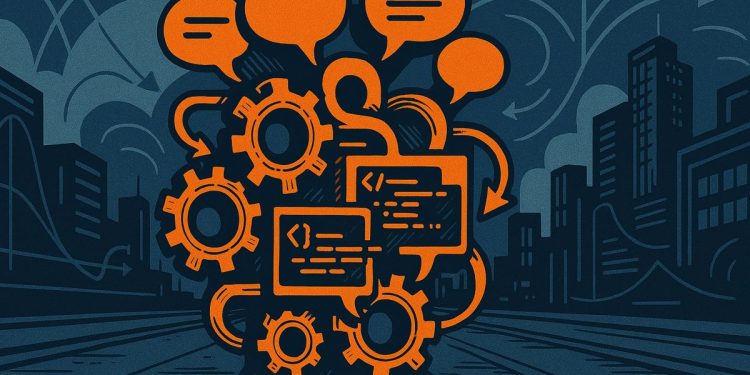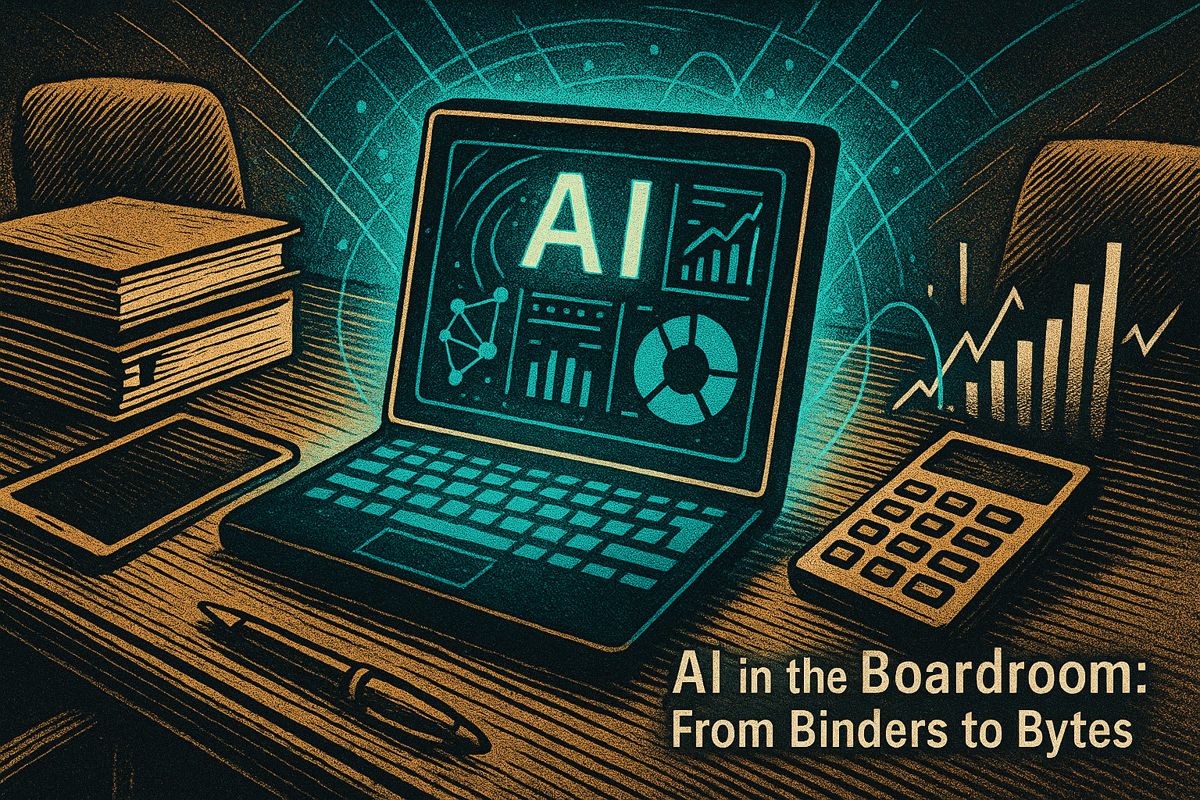GEPA is a new method that helps large language models make their own prompts better by reflecting, rewriting, and evolving them, like living programs. Instead of changing complicated model parts, GEPA lets the model talk to itself to find and fix problems in its instructions. This approach makes models up to 19% more accurate and much cheaper to use, with up to 35 times fewer expensive tries. GEPA works best for tasks with lots of tool use or when fast testing is needed, but it still has some limits that researchers are working on. Big tech teams have already used GEPA to make bots faster and use less computer power.
What is GEPA and how does it improve enterprise AI prompt engineering?
GEPA (Genetic-Pareto) is a method that lets large language models self-optimize their prompts by reflecting on their own outputs, rewriting instructions, and evolving prompt versions using genetic algorithms. This approach boosts accuracy by up to 19% and reduces rollout costs by as much as 35× compared to traditional methods.
Large language models can now debug and rewrite their own instructions without ever touching their weights. A method called GEPA (Genetic-Pareto) flips the training script: instead of updating billions of parameters, the model converses with itself in natural language, evolving prompts the way software teams refactor code. Early deployments show double-digit accuracy gains while cutting the number of expensive rollouts by up to 35× .
What GEPA does in one sentence
GEPA treats prompts like living programs – breeding, critiquing, and retiring them inside a Pareto-optimal frontier that balances performance, diversity, and cost.
Core mechanics at a glance
| Step | What happens | Why it matters |
|---|---|---|
| 1. Run | Model executes task with current prompt | Generates trace with reasoning, errors, tool calls |
| 2. Reflect | LLM reviews trace in plain English | Identifies failure modes without external labels |
| 3. Rewrite | Model proposes mutated prompt(s) | Targets fixes rather than random search |
| 4. Select | Genetic algorithm keeps non-dominated prompts | Maintains set of best trade-offs, avoids local minima |
| *Repeat * | Cycle stops after budget or convergence | Typical runs finish in *dozens * vs thousands of RL rollouts |
Performance snapshot (July 2025 bench)
- Source: arXiv paper 2507.19457 and ArxivIQ breakdown*
| Benchmark vs GRPO (RL baseline) | Relative lift | Rollouts used |
|---|---|---|
| HotpotQA (multi-hop QA) | +19 % | 1/18× |
| IFBench (instruction following) | +12 % | 1/22× |
| HoVer (fact verification) | +15 % | 1/30× |
| Average across 4 tasks | +10 % | 1/35× |
When GEPA shines (and when it does not)
- Sweet spots*
- Agentic stacks where modules call tools, APIs, or each other; transparency of prompt evolution is critical for audits.
- Rapid prototyping when labeled data is scarce and retraining budgets are smaller than a single GPU-day.
-
Multi-objective tuning (accuracy vs latency vs token cost) where scalar RL rewards struggle.
-
Limitations still under active research*
- Out-of-distribution leaps remain safer with fine-tuning; GEPA can overfit to the prompt search space.
- Stochastic output: success variance across runs is higher than supervised fine-tuning, so production teams often run 3–5 seeds and ensemble.
- Compute bill: dozens of calls per iteration still add up at high token prices; researchers are experimenting with smaller critic models to cut costs.
Early adopters in 2025
- *Databricks * used GEPA to compress SQL-generation prompts for internal analytics bots, reducing average token usage by 33 % while keeping accuracy flat.
- MIT-IBM Watson lab applied the method to multi-turn coding agents, achieving 3× faster convergence on new programming languages compared to RL from human feedback.
Take-away for product teams
If your LLM product already relies on heavy prompt engineering and you need faster iteration without retraining, GEPA is worth a pilot. Start with a narrow, well-monitored task, set a hard budget of 50–100 model calls, and compare against your current prompt optimizer. The reflective traces alone often reveal blind spots no metric dashboard can show.
What is GEPA and why does it matter for enterprise AI today?
GEPA (Genetic-Pareto Prompt Evolution) is a new optimization technique that lets large language models improve their own prompts through natural-language reflection instead of traditional reinforcement learning. In practical terms, it means an LLM can look at its past outputs, identify weak reasoning steps in plain English, and rewrite its own instructions to fix them.
Key takeaway for CTOs: early benchmarks show GEPA beating the popular RL method GRPO by 10-20 % while using up to 35× fewer rollouts (system executions). Fewer rollouts translate directly into lower cloud bills and faster iteration cycles for production systems.
How does reflective prompt evolution actually work inside enterprise pipelines?
Instead of reward models and gradient updates, GEPA runs a three-step loop:
- Trace generation – the LLM executes a task and logs every tool call, intermediate thought, and error in natural language.
- Reflection – the same model reads the trace, writes a critique of what went wrong, and proposes updated instructions.
- Pareto selection – a genetic algorithm keeps a diverse pool of high-scoring prompts, preventing the system from over-fitting to a single local optimum.
Because everything is expressed in human-readable text, compliance teams can audit exactly why a prompt changed without diving into opaque weight updates.
Where has GEPA been tested in the real world?
Recent papers from UC Berkeley, MIT and Stanford evaluated GEPA on four enterprise-grade tasks:
| Benchmark | GEPA vs GRPO improvement | Rollouts saved |
|---|---|---|
| HotpotQA | +19 % | 25× |
| IFBench | +15 % | 30× |
| HoVer | +12 % | 35× |
| PUPA | +9 % | 28× |
Results were consistent across both open-weights Qwen3 8B and proprietary GPT-4.1 Mini, suggesting the technique is model-agnostic.
What are the current limitations and how are researchers mitigating them?
| Limitation | Impact today | Mitigation under test |
|---|---|---|
| Noisy evaluations | High variance between runs | Pareto multi-objective scoring plus language critique filters out spurious gains [source 1]. |
| Compute cost per iteration | Multiple LLM calls per reflection | Early-stop schemes + adaptive genetic operators reduce wasted queries by ~40 % [source 2]. |
| Out-of-distribution drift | Worse than fine-tuning on brand-new domains | Hybrid workflows: use GEPA for rapid prototyping, then fine-tune only for final 5 % lift [source 3]. |
Companies are already piloting staged deployments where GEPA handles weekly prompt updates and traditional fine-tuning is reserved for quarterly model refreshes.
When should an enterprise choose GEPA over fine-tuning or RLHF?
- Choose GEPA when you need transparent, weekly-level prompt upgrades without retraining, e.g., customer-support bots, internal code-assist agents, compliance-sensitive workflows.
- Stick with fine-tuning for long-tail tasks that require strong out-of-distribution guarantees, such as adapting to a new programming language or regulatory regime.
- Hybrid stack is emerging: 70 % of surveyed Fortune-500 AI teams in mid-2025 report plans to pair GEPA for evolution with lightweight fine-tuning for stabilization.
Sources:
1. https://arxiviq.substack.com/p/gepa-reflective-prompt-evolution
2. Nature Scientific Reports, March 2025 – “Evolution algorithm with adaptive genetic operator…”
3. arXiv July 2025 – “Pareto-Grid-Guided Large Language Models…”



















